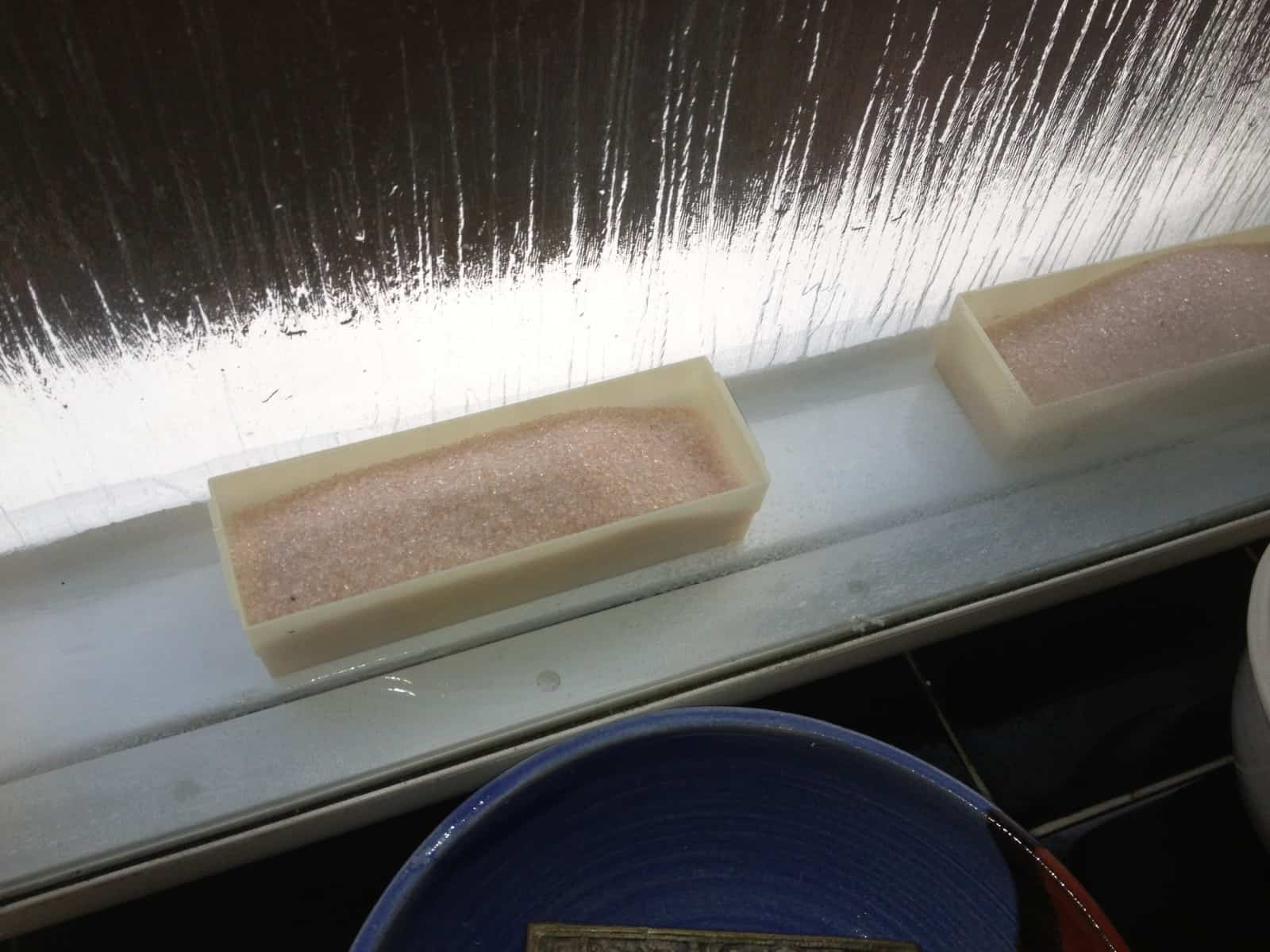Window condensation can be extremely irritating and, in some cases, even dangerous to your home. Condensation can rot wood molding and damage plaster, and excess moisture in your home, which causes interior condensation, can harm the entire structure, not just the areas around the windows.
Excessive moisture in the house causes interior window condensation, which is most common in the winter when warm air inside the house condenses on cold windows. Exterior window condensation is simply dew, and it occurs when the temperature outside the window is colder than the dew point. Condensation between window panes occurs when the seal between the panes fails or the desiccant inside the windows becomes saturated.
What is Window Condensation and is it Normal?
Condensation, or small droplets of water, accumulates on your windows. When you suddenly notice your window is wet or the windowsill is damp, it can be a little unsettling. Many people are concerned that the windows are leaking or are not functioning properly as a result of this.
First and foremost, the presence of condensation on your windows is completely normal. This happens when a cold surface temperature collides with warm air. Tiny droplets of moisture cover the glass between the outside and the inside. The moist air is coming from within the house, not from a leak outside.
The condensation phenomenon is referred to as the “dew point” by weather forecasters. It occurs when a cool air mass collides with a warm air mass. Water (or, in the case of weather, rain) will occur if the dewpoint or humidity in the surrounding air is high enough. Window condensation does not always indicate that your window is broken or defective! In reality, it’s a natural occurrence, similar to how your bathroom mirror fogs up during a shower or the “sweating” you see on glassware filled with an icy beverage.
Even if there is condensation on the window, it can still function properly, bouncing heat off the glass in the winter and keeping heat inside your home. Even if your home is stable and warm, and your heating bills are low, you may notice condensation on your windows. In the summer, your windows keep the warm air outside and the cool air inside, but only to a certain extent.
Interestingly, up to half of the high humidity solution is changing personal habits in the home:
- Showering – The bathroom is the most humid room in the house, and even taking a shower releases massive amounts of humidity into the air – the hotter and longer the shower, the more water vapor is released. To reduce this avoidable humidity source and save energy and water, always shower with a friend, if possible, the dog, or otherwise – simply try to keep to a reasonable temperature and timeframe – while running the bathroom fan during the shower and for 15-20 minutes afterward to get that humid air outside. Because of the number of incorrectly installed bathroom fans we’ve seen – it’s also probably worth double-checking in the loft space that bathroom fans are properly vented to outside and that joints are properly duct-taped up –because venting into the roof void causes condensation, mold, and wood rot up there rather than in the house When taking a bath or shower, make sure to use a good-sized bathmat to avoid soaking the bathroom floors. The bathmat should absorb some of the moisture, reducing condensation in the room, especially if it is placed in the dryer with the wettest towels.
- Cooking and using a kettle or coffee maker – Cooking, kettles, and appliances all produce steam, so use pan-lids when cooking to reduce moisture created by boiling water, speed up the time it takes to heat pans, and have a cooker hood set to extract and use it while cooking and for a short period after. Again, as with bathroom fans, inspect the ductwork for taped and sealed joins – and when purchasing a new cooker hood, opt for a quieter model because it will be more likely to be used.
- Close kitchen & bathroom doors – Bathrooms and kitchens are the most common sources of condensation. When cooking, boiling the kettle, or taking a shower, keep the kitchen or bathroom door closed to prevent moisture in the air from entering colder rooms and forming condensation if it comes into contact with a cold surface.
- Laundry – When it’s cold outside, never, ever, EVER dry laundry inside on a rack or line – each load releases nearly 5 pints of water into the air. If it won’t dry outside, don’t try to dry it inside unless it’s in a dryer with an exterior vent. The second benefit is improved indoor air quality, as the artificial scents in laundry detergents and softeners will mostly dissipate outside, preventing us from breathing them in. Check the ducting for leaks once more.
- Unvented gas heaters, stovetops & ovens – When natural gas, propane, or butane burns, it produces water vapor and, in some cases, carbon monoxide. None of these are good for our homes, lungs, or bloodstreams, so either chooses a different heat source, such as a nice wood-burning stove, or ventilate to get it all outside.
- Humid basements or crawlspaces – When a house is built on a crawlspace or basement, this is often the source of humidity in the house – even if the house is newer, many areas’ building codes lock humidity in finished basement walls for years, causing damp and mold issues. Many basements were built with insufficient insulation; click here to learn how to improve it, or click here for more information on insulating crawlspaces. See here to learn how to prevent mold in basements, or here to learn how to prevent humidity and radon gas in crawlspaces. See here to learn how to build a home on a slab-on-grade foundation, which is our preferred option.
- Those pre-Christmas home renovations – People frequently want to freshen up their homes in preparation for the holiday season, but painting large areas of the wall requires drying time, and this moisture enters the interior air unless the space is well ventilated. Replace your old windows, windows replacement is the best option to prevent condensation. Choose zero VOC paints, or make VOC-free paint yourself (find out how here), and choose nice weather for internal painting so the windows can be flung open to get those chemicals and water vapor ventilated outside. Try to use Fascia and soffit for more prevention.
- Modern air conditioning systems – AC systems, believe it or not, can raise humidity levels in homes. I’m referring to the newer models, which are said to save up to 50% on electric bills because they work faster and use less energy. The claim that they use less energy because they cool down the house faster is correct. However, older AC models, which had to run longer to achieve the desired temperature, were frequently better at removing humidity from the air simply because they ran longer. The new models, on the other hand, do not remove humidity from the air because they reach the desired temperature much faster. Because cooler air has a lower ability to retain moisture vapor, there may be more relative humidity than before you turned it on.
- Careful selection of houseplants – If you live in an area with high natural humidity, having plants like Ginger, Asplundia, Monstera, Ficus Benjamin, Areca palm, and Bamboo palm will only make humidity problems worse – instead, choosing plants like Peace Lily, Boston Fern, Orchids, Spider Plant, Tillandsia, Cactus, and English Ivy will help lower humidity and improve internal air quality, but water sparingly and frequently for best effect.
About the Author:
David composes for points like Home Improvement, Kitchen stylistic layout, Garden or travel-related themes furthermore; he has an enthusiasm for the metal structure industry for over ten years, Kylo has become an accomplished structure expert in this industry.
He will probably assist individuals with his huge information to help them with his best recommendations about various Home Decors, for example, Doors Replacements, Siding, Windows Replacement, Siding replacement, and business structures.















